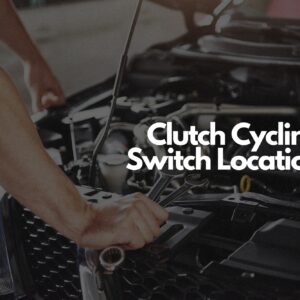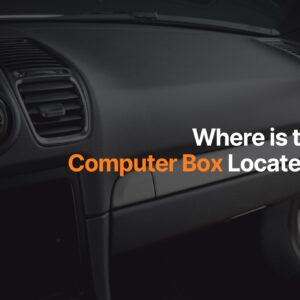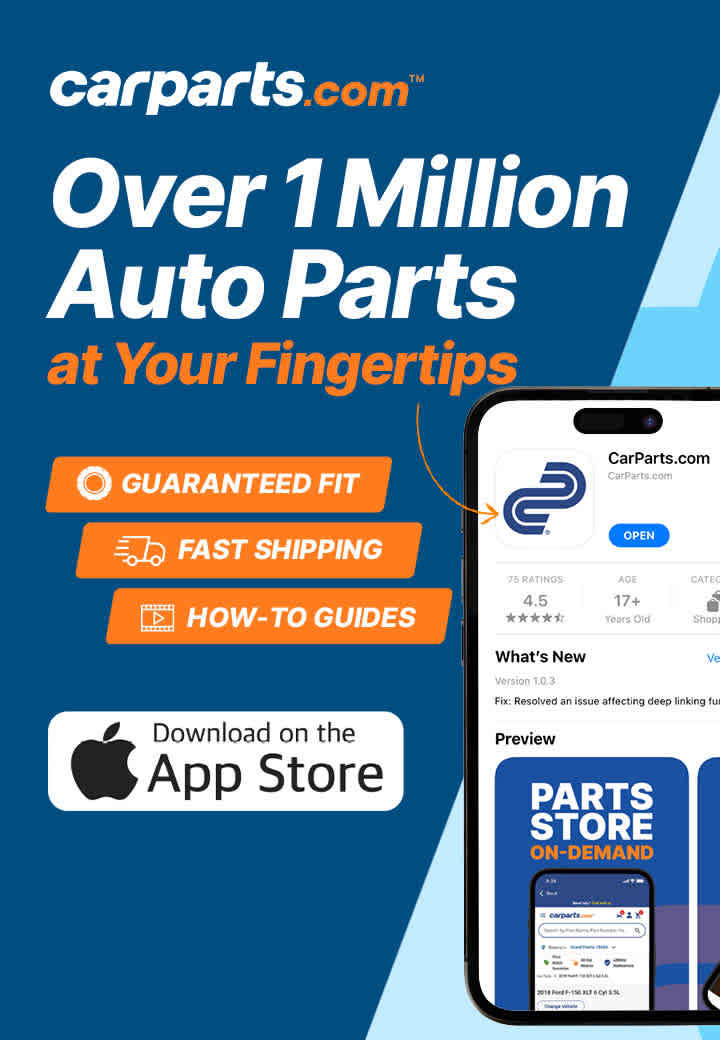In a manual transmission, the clutch can be found between the crankshaft and transmission housing. In an automatic transmission, the clutch pack can be found inside the transaxle assembly.
The clutch looks like a metal disc that’s covered with a friction material. The clutch essentially freewheels when no pressure is applied against it. When pressure is applied, it comes into contact with a different component and they rotate at the same speed.
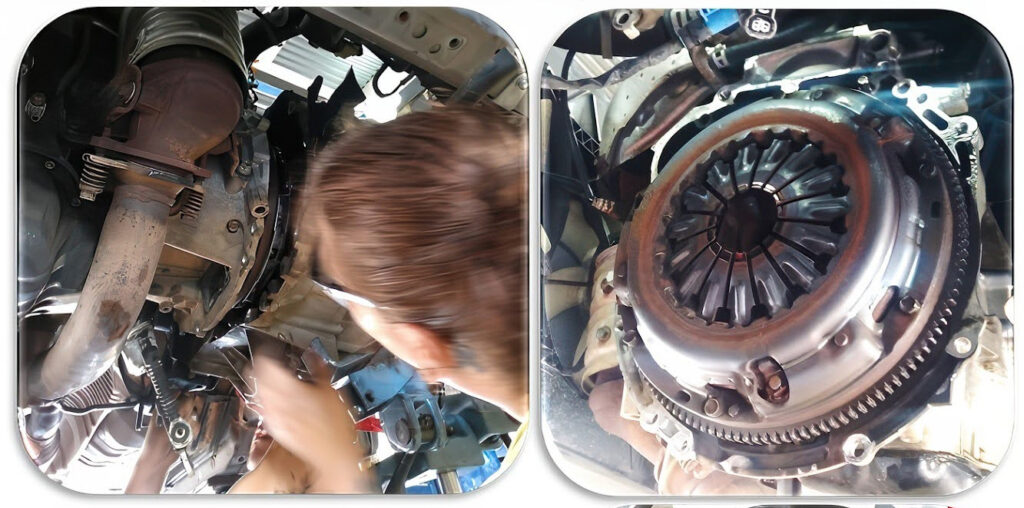
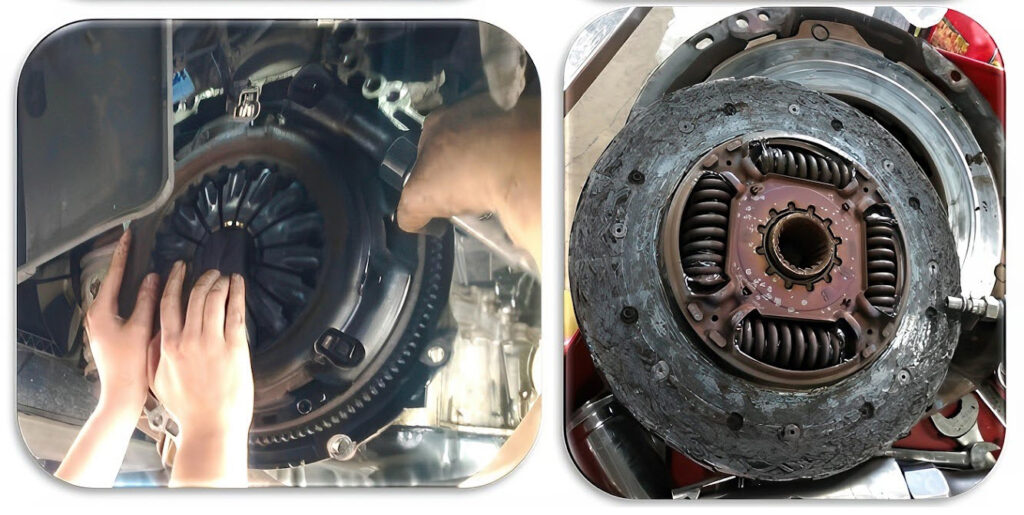
What Does a Clutch Look Like?
The clutch is essentially a spinning disc or plate that only stops when the clutch pedal is depressed.
It consists of a friction disk with a splined hub riding on the transmission input shaft that is positioned between a spring-loaded pressure plate and the engine’s flywheel so that it can be released by pressing the clutch pedal.
Stepping on the clutch pedal will also disengage the transmission from the engine, allowing the driver to shift gears.
Tips On How to Access the Clutch
Before anything else, know that unless you’re particularly wrench smart or have help from somebody with experience, you shouldn’t try to replace the clutch. It’s not a simple job on most vehicles.
On front-wheel-drive vehicles, you may need to support the engine and remove the H-frame before removing the transmission. If the vehicle is rear-wheel-drive and is four-wheel-drive, you may need to remove the torsion bars.
The point is that you shouldn’t start if you aren’t sure you can finish the job.
The clutch release is often hydraulic and will require special bleeding procedures. You need an alignment tool to position the clutch disc and a transmission jack to support the transmission.
If you’re going to do it, make sure that your vehicle is stable enough to work with. Use jack stands or a hydraulic lift to access the underside. Also, disconnect all electrical connections, and remove the starter motor.
For any major repair or parts replacement job, disconnecting the battery is always a must. Accessing the clutch also involves unbolting the engine mount to access the transaxle and eventually removing the transmission. To access the clutch, you’ll also need to remove the pressure plate.
Any information provided on this Website is for informational purposes only and is not intended to replace consultation with a professional mechanic. The accuracy and timeliness of the information may change from the time of publication.




